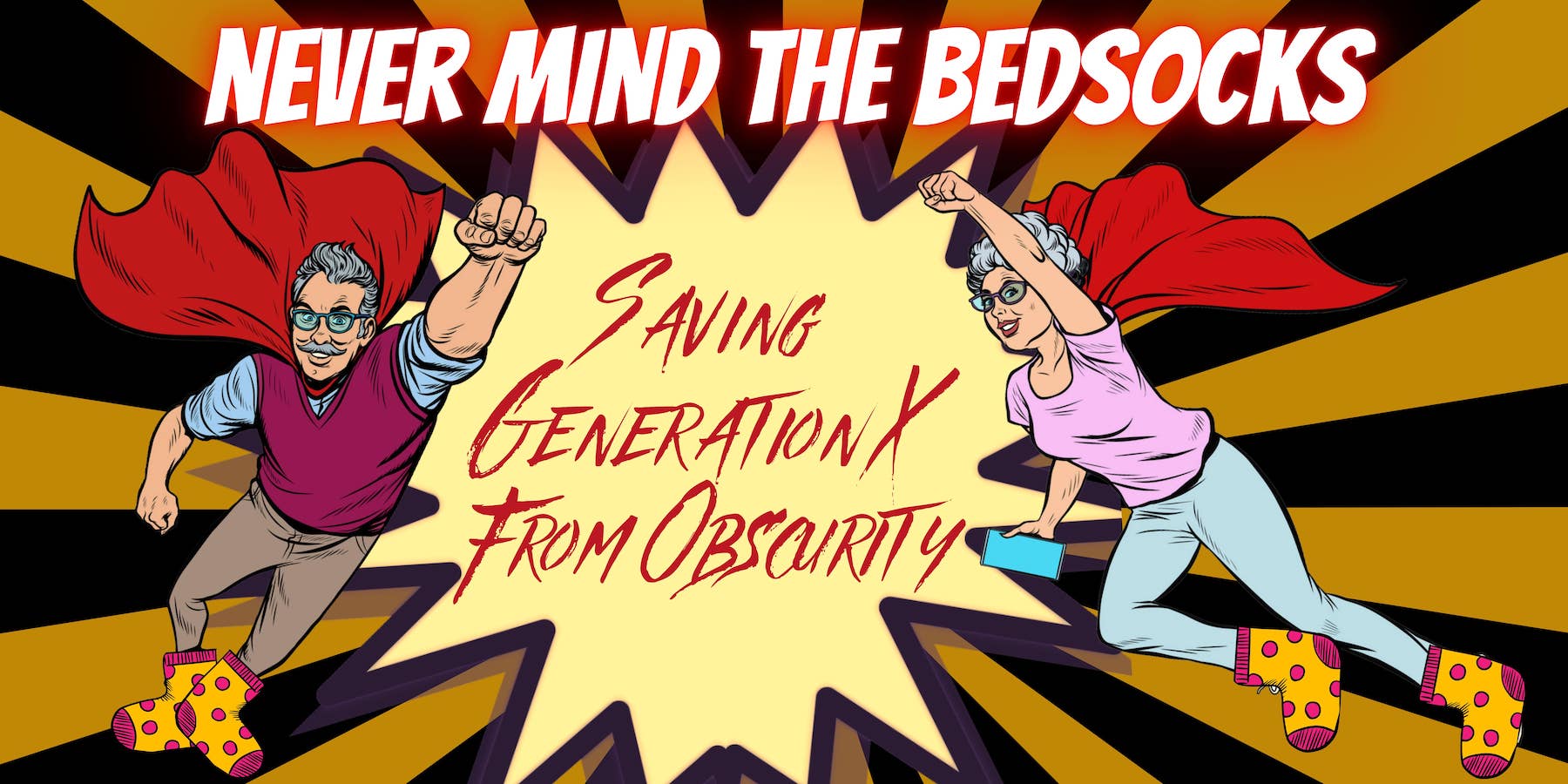Overwhelmed coffin maker discovers wasting time is the key to productivity.

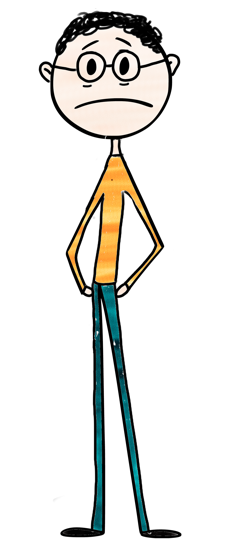
Meet Neil.
Neil runs his own small business, crafting eco-friendly, sustainable (sic) coffins out of papier mâché.

As a sole trader, Neil always seems to have a thousand and one things to do.
He’s engaged in a constant struggle to keep on top of even a tenth of these tasks.
NEIL'S 1,001 THINGS TO DO
- Marketing Stuff To Do
- Admin Stuff To Do
- Finance Stuff To Do
- Sales Stuff To Do
- Website Stuff To Do
- Emails To Send
- Phone Calls To Make
- Social Media Posts To Write
- Meetings To Attend
- Newspapers To Collect
- Coffins To Make
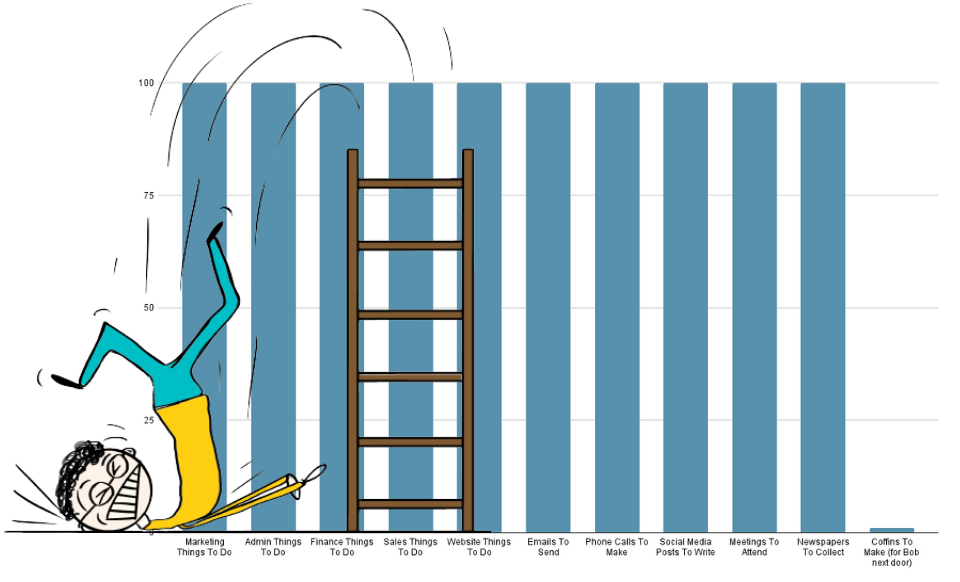
There just never seems to be enough time to do everything, and this conundrum is affecting Neil’s bottom line.
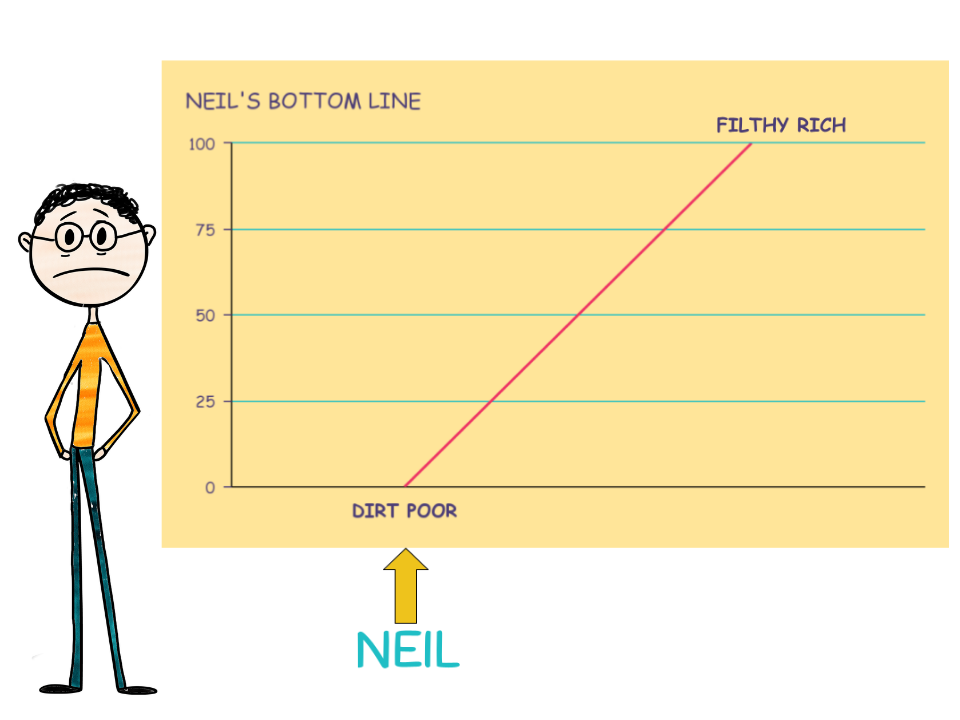
Neil thinks to himself …
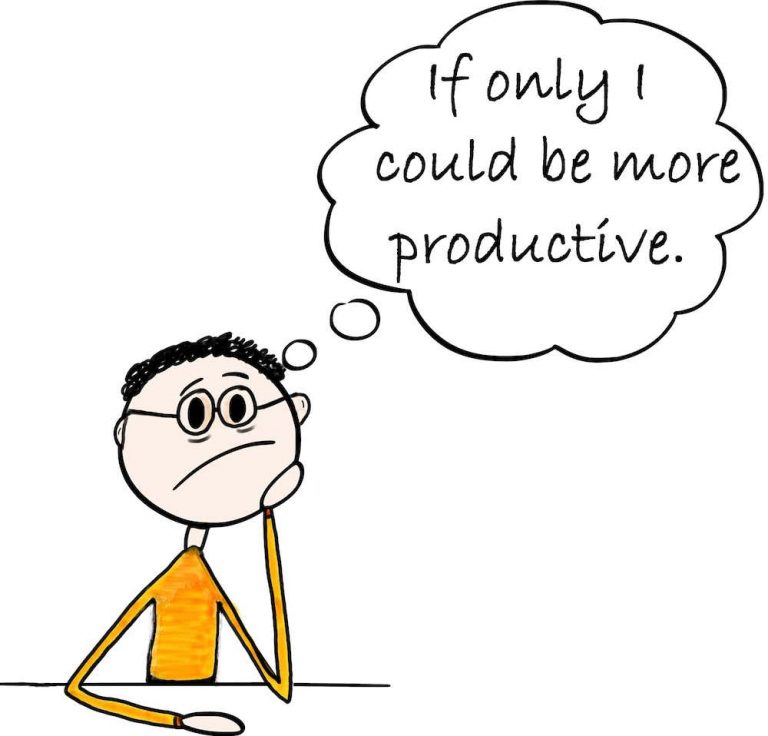
But Neil has never been a well-organised kind of guy, and he doesn’t really know where to start. In the past, whenever he hasn’t known what to do, Neil has turned to his faith and consulted with the Almighty G.
Neil was “born again” back in 2013 when he read about the Almighty G’s “Five-Step Plan To Rule The World.”
There are those who believe that this won’t actually happen until 2030 …
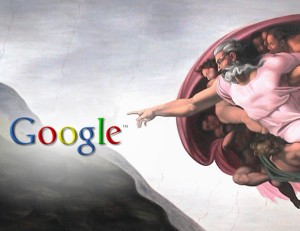
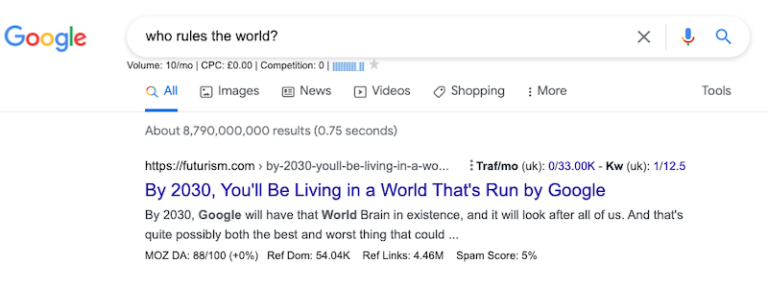
… but Neil knows deep down that it has happened already.
After all, who can deny that the Almighty G is omniscient, omnipresent, omnipotent, and all those other “omni…” words? (apart from omnibus and omnivore, obviously!).
Neil reckons that being a non-believer would make him just as bad as those conspiracy theorists who think that the Almighty G is actually some bloke in the sky who once wrote a bestseller.
There are even some who still believe … ![]()
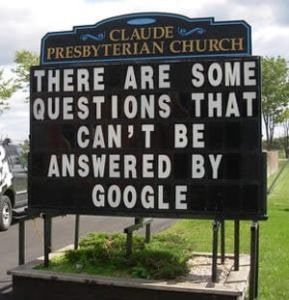
… which is blatantly ridiculous in Neil’s opinion.
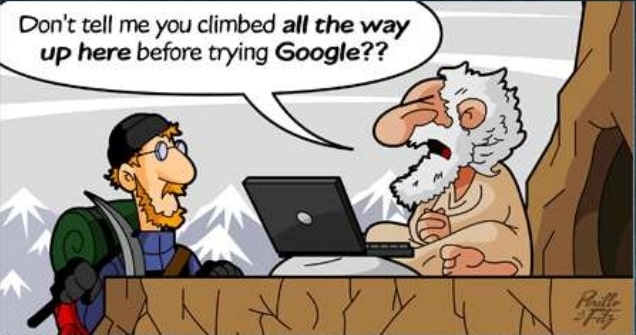
Google Is God
Whenever anybody challenges his beliefs, Neil encourages them to look at the number of words written by the bloke in the sky, compared with the amount of information made freely available through the worldwide web by the Almighty G.
He will also point to the nine proofs and The 10 Commandments of Googlism, validated by The Church of Google, as further evidence of the Almighty G’s absolute power.
When asked about the ideology behind his beliefs, Neil tells people that “Googlism is simply the belief that Google is the closest thing to a God our species has ever directly experienced.” (Straight from the mouth of The Church of Google). In fact, it is highly likely that Google is God.
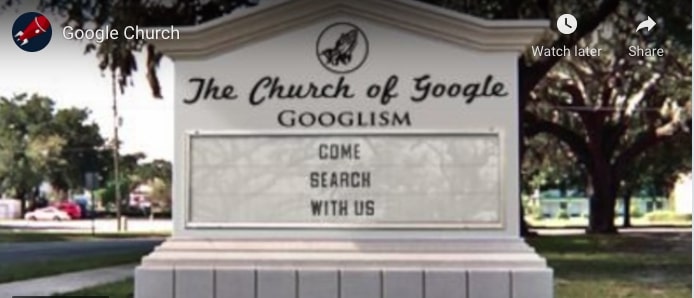
He will then usually recite The Almighty G’s prayer:
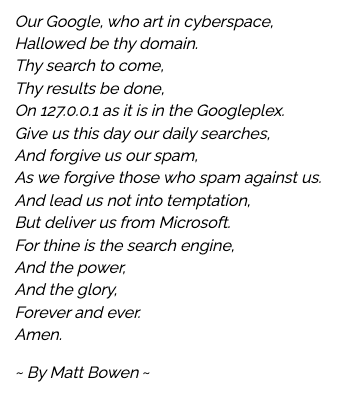
Which is also available in Binary for web developers:
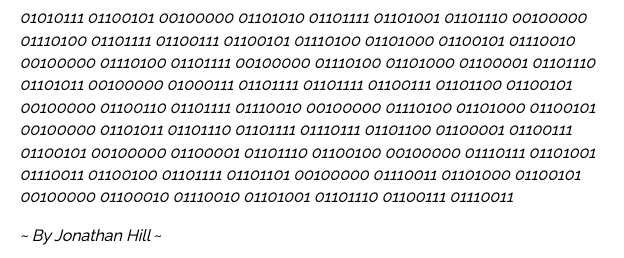
So, trusting that his god will deliver Truth and Salvation, Neil kneels expectantly at his altar – also known as his ancient Windows XP laptop – and implores the Almighty G with the query: “how to be more productive.”
Luckily for Neil, it takes just a fraction of a millisecond to be informed that there are 2,060,000,000 answers to his question in the Almighty G’s humongous brain.
“That’s so cool,” thinks Neil to himself. “The Almighty G is truly a miracle worker. I can fill my boots on all this stuff and, before I know it, I’ll be flying through all those tasks, merrily ticking things off that never-ending To-Do list. My bottom line will skyrocket, and I’ll be filthy rich in no time!”
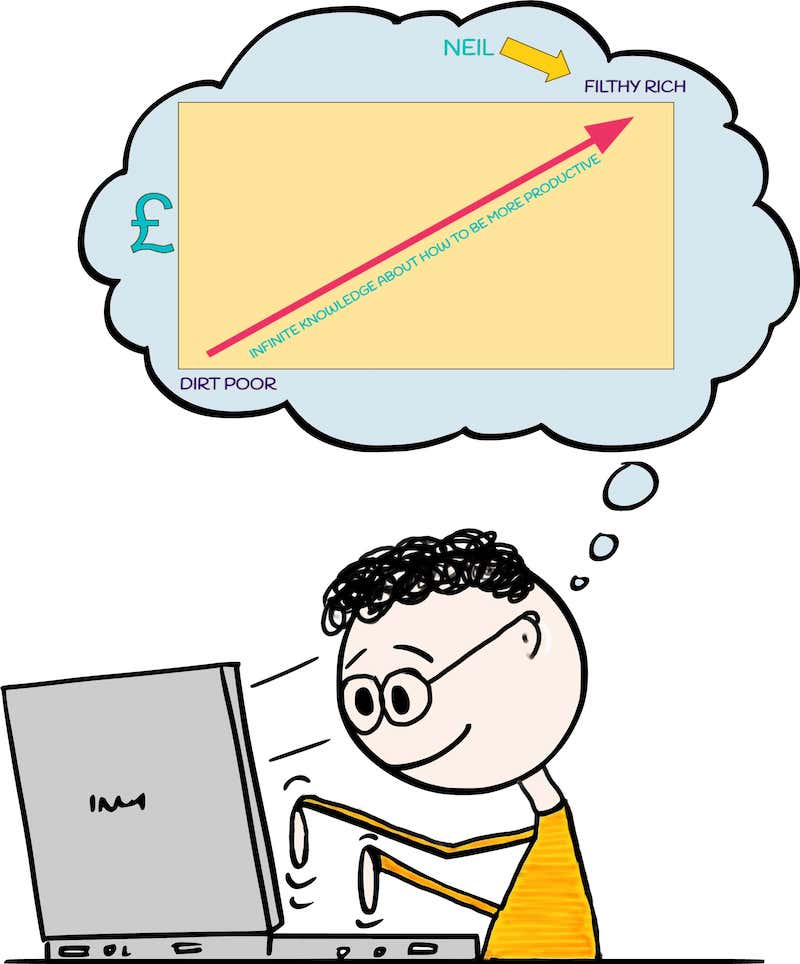
Neil takes a quick look at the first five results, which include:
Search Result #1: 9 Habits of Productive People.
Search Result #2: 18 Habits of Highly Productive People.
Search Result #3: How To Be More Productive: 18 Top Tips To Help You (Don’t Miss The Last One).
Search Result #4: 12 Best Productivity Tips For Work.
Search Result #5: 15 Simple Ways To Be More Productive Every Day.
With this, he becomes excited and strangely turned on by the immense potency of the deity at his fingertips. In the first five results alone, there are a whopping 72 tips about how to become more productive. Neil can only imagine how many more there might be if he were to read the remaining 2,059,999,995 articles.
Perhaps he’ll save those for tomorrow.
But he can’t resist the pull of the teaser statement in parentheses in the title of #3, so he takes a quick peek.
Scrolling down to the bottom of the page to find #18 – the final “top tip” – he is met with the following advice:
“Look at cuddly animal pictures.”
Along with this image:

Sounds easy enough, thinks Neil, eagerly scribbling down this pearl of wisdom. He feels certain the Almighty G must have a few images of cuddly animals in that vast, eternal brain of Hers.
Neil performs a quick search, just to be sure.
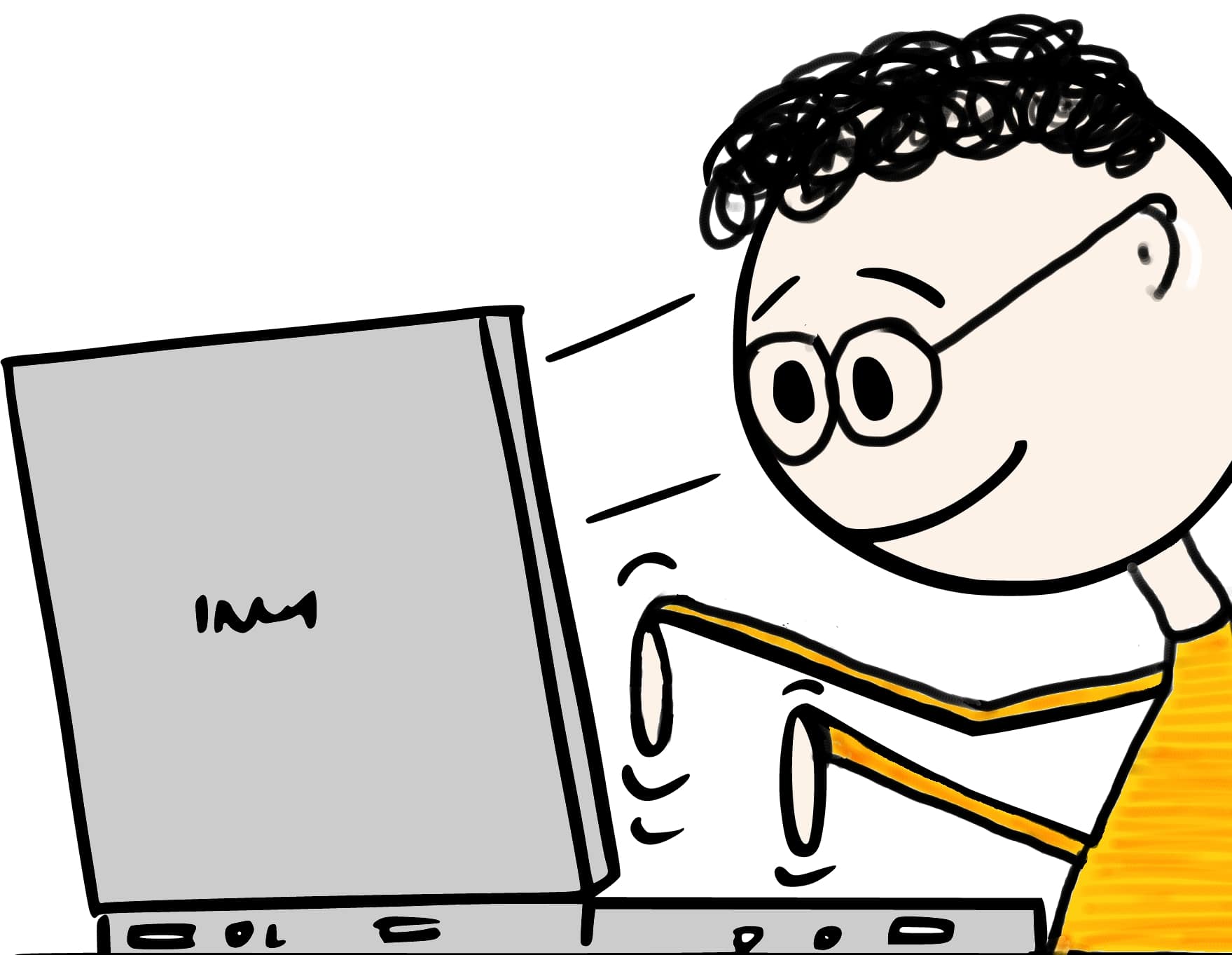
FIVE HOURS AND MILLIONS OF KITTENS LATER ...

Returning to the search results page for his original query (it had taken him a while to remember what that was), Neil clicks on the #1 search result for “how to be more productive.” This would surely be the ultimate golden nugget of universal wisdom appertaining to his query.
Search Result #1: 9 Habits of Productive People.
Skimming the content on the page for the magic elixir, Neil enthusiastically takes notes about the 9 key solutions promising to save his business and end his overwhelm forever. These are:
Cut your to-do list in half.
Take more breaks.
Follow the 80/20 rule.
Use your morning to focus on yourself.
Tackle your challenging tasks before lunch.
Improve your email etiquette.
Create a system.
Stop confusing productivity with laziness.
Stop multi-tasking.
Neil can’t help noticing that all these tips begin with active verbs, which seems slightly odd given that verbs are “doing” words. He actually needs fewer, rather than more things to do. Oh well, there must be a method to the madness, as they say.
#1. Cut your To Do list in half.
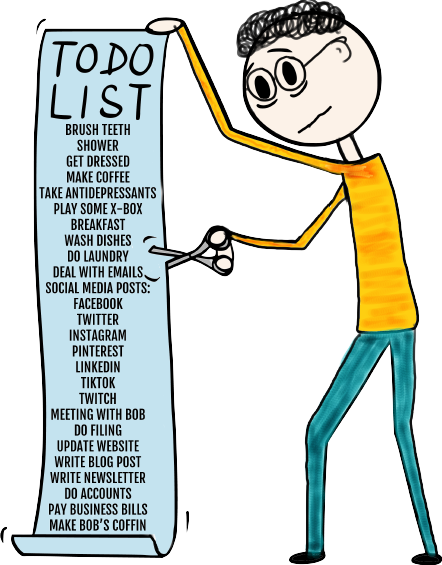
Neil would be the first to admit that this first one hasn’t turned out too well. There’s no information to be had about precisely which tasks to cut and which tasks to keep on the list. And he doesn’t feel qualified to make those kinds of executive decisions himself.
But, hey, this “productivity guru” is #1 on the worldwide web for knowing stuff about productivity, so there are bound to be 8 more stellar habits that’ll save him, right?
Neil turns to #2 in wide-eyed anticipation. And he’s not disappointed!
#2. Take more breaks.
Excellent!
Neil feels very confident he should be able to develop this habit with relative ease.
To prove this point to himself, he pops into the kitchen and pours himself a pina colada, thinking this would be an excellent opportunity to grab a bit of sun and finish the book he’s currently looking at – Harland Miller’s “Death: What’s In It For Me?”

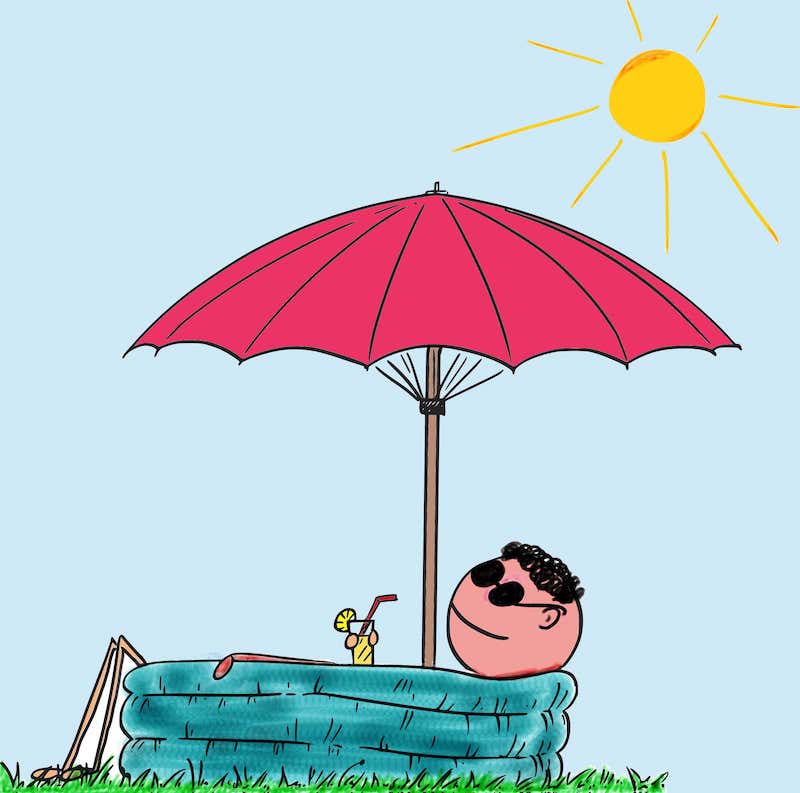
Four Hours Later ...
By now, the sun is going down and, with a newfound sense of achievement, Neil points his nose back to the grindstone in his quest to become more productive.
#3. The 80/20 Rule.
This one sounds very promising. An actual named theory to put into practice. And there must be scientific proof it works too, given that it’s a rule and everything.
The rule involves simply focusing on the 20% of tasks that get 80% of the results. It’s also known as “The Pareto Principle,” apparently.
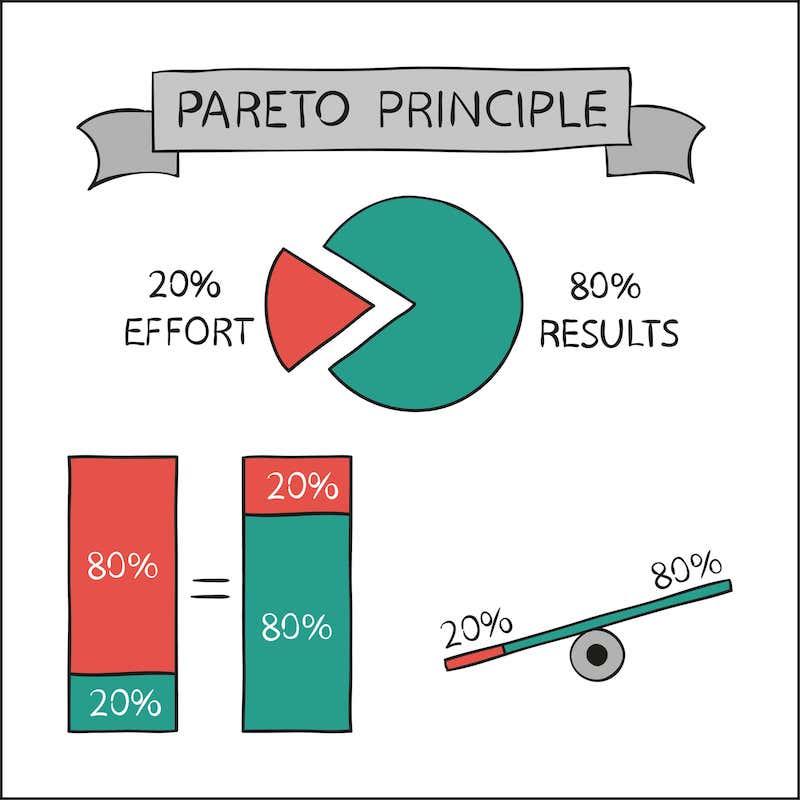
Sounds great!
But then Neil ponders the term “the results.”
The main result he’s looking for right now is to reduce his feeling of overwhelm, although he could also do with more time to spend on his X-Box, more money to spend on doing up his LV, and fewer emails about erectile dysfunction in his inbox.
In fact, when he comes to think of it, the possibilities are endless as far as desired results are concerned.
After giving it a bit more thought, Neil decides the “less overwhelm” thing is probably the most important result he needs to focus on right now.
But how is he supposed to know which tasks make up the 20% he needs to complete, in order to achieve 80% less overwhelm?
And how will he measure this 80% reduction in overwhelm?
He’s fairly competent when measuring wood to make coffins, but he doesn’t think his tape measure will stretch to overwhelm.
Ah well, perhaps #4 will shed some more light on the matter.
#4. Use your morning to focus on yourself.
Now, Neil might not be the sharpest tool in the box, but even he can’t help noticing how counterintuitive some of these suggestions seem.
They may sound easy enough, but how will they help him reduce overwhelm and sell more sustainable, eco-friendly coffins?
For instance, if he were to follow the advice about taking more breaks (#2) and using the morning to focus on himself (#4) by, let’s say, spending an extra hour or two in bed and a couple more hours on the X-Box each day (which, he can’t deny, sounds incredibly appealing), wouldn’t this mean he’d get less done instead of more?
Oh well, productivity gurus vetted by the Almighty G must know best, thinks Neil.
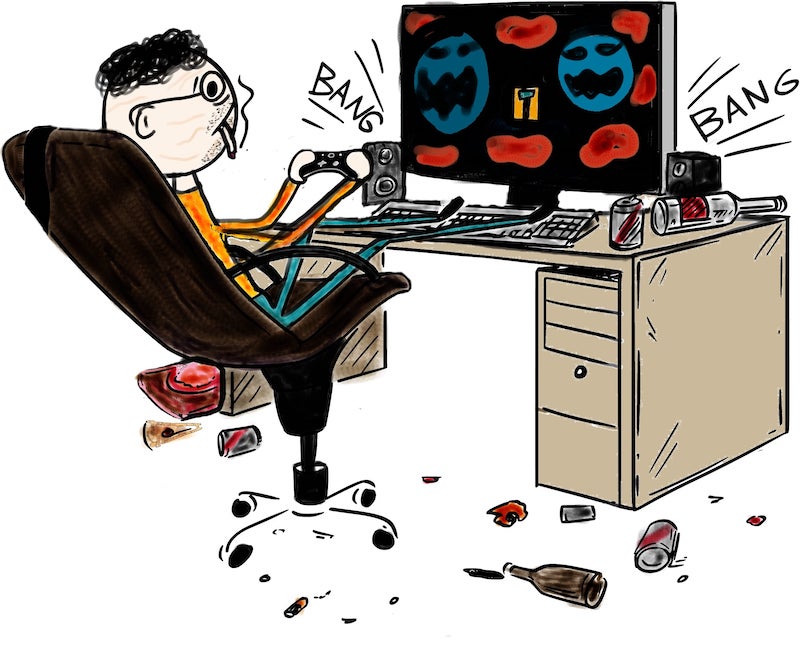
One Day Later ...
Feeling somewhat bewildered, Neil moves on to #5.
#5. Tackling challenging tasks before lunch
On the surface, this one seems doable, if not tedious. But then Neil remembers he’s supposed to be spending his mornings having a lie-in and playing the X-Box, so he decides he’d better discount this one altogether.
Perhaps improving his email etiquette (#6) will help, thinks Neil.
First things first, though. Neil has heard the word “etiquette” somewhere before, but he doesn’t really know what it means.
Back to the Almighty G!
A quick search reveals that his emails just need to be more polite.
Neil tries this strategy right away, but soon discovers that it actually takes him much longer to write an email using this method.
To illustrate this, in response to an enquiry from a potential client requesting a quote for a basic 6’ papier mâché coffin, Neil might usually write:
Hey Roger,
Thanks for your email. I would charge £300 for making a basic 6’ coffin.
Just let me know if you’re interested.
Cheers,
Neil
But now he finds himself writing a response to the same enquiry like this:
Good afternoon Roger,
I hope you are well.
Many thanks for your enquiry concerning a price for the construction of a basic 6’ papier mâché coffin.
Taking into account all materials, labour and overhead expenses, I can confirm that the total cost for this would be in the region of £300. Please be assured that no VAT would be payable on this amount.
I hope this constitutes sufficient information, and trust that you will find this quotation agreeable in terms of your available budget and requirements.
I look forward to hearing from you again.
With kindest regards,
Neil Downe
Master Eco-Friendly Coffin Craftsman
Sustainable Coffins R Us
That’s 107 words versus 25 words for his usual mode of address. Four times the number of words! And, more significantly, it takes Neil more than double the time to write it.
He also can’t understand how the guru’s suggestion of BCCing his replies to emails with multiple people copied in will make him more productive. The emails between him and Bob never involve other people, anyway.
Ah yes, creating a system (#7) is one Neil has heard of before. But, similar to #1, Neil realises he wouldn’t have the first clue about how to do this by himself.
“If I knew how to do that, I’d be doing it already,” thinks Neil, shaking his head in a disappointed manner.
And so, Neil opens a new tab – a new portal of almighty wisdom, if you will – and asks the Almighty G “how to create a system.”
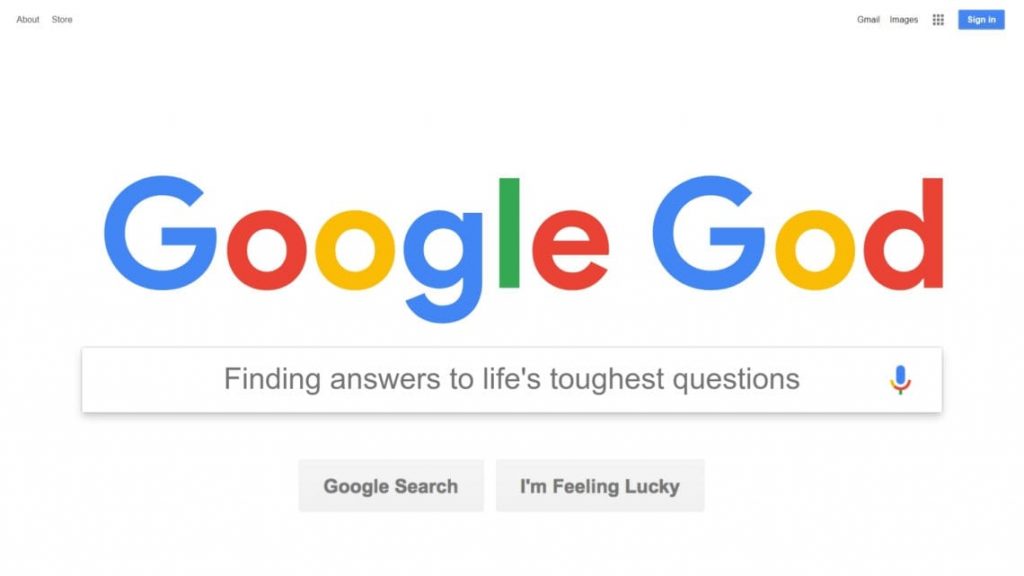
In 0.6 seconds, he is greeted with 8,330,000,000 answers to his query. There are so many articles to read, forums to join, videos to watch, and podcasts to listen to on the subject that he feels confident he will be up to speed within about five years or so.
A task for later, thinks Neil. Although he can’t resist having a gander at the first few search results, given that they have riveting titles, such as:
“How to Create Systems to Gain Back Time.”
“How to Create Systems to Simplify Your Life.”
“How to Create Business Systems That Help You Work Smarter.”
… and what looks as though it could be the Holy Grail of system creation:
“An Essential Guide to Systemizing Your Systems.”
Six Months (and one garage conversion) Later...
Onwards and upwards to …
#8: Stop confusing productivity with laziness.
Here, Neil finds this somewhat accusatory statement:
“... sheer laziness is the No. 1 contributor to lost productivity. In fact, a number of so-called timesaving methods—take meetings and emails, for example—are actually just ways to get out of doing real work.”
This previously warm and fuzzy productivity guru is beginning to come across a bit Bear Grylls, thinks Neil. He makes a mental note to cancel all future meetings about coffin requirements with Bob the undertaker, delete all the outstanding emails in his inbox, and ignore any future emails (thus nullifying the need for #6).
Suddenly mindful that he has a looming deadline for an unfinished coffin, destined for his neighbour, Bob the undertaker, a weary Neil limps on to the final habit he hopes will finally provide him with THE Holy Grail answer.
#9. Stop multi-tasking
Hmm, this one might be difficult, admits Neil to himself, as he blows up space zombies on the X-Box, takes another sip from his pina colada, and returns to reading an article about why procrastinators procrastinate on Wait But Why, from which he plummets into a plethora of crazy rabbit holes …
Three Days Later ...
A somewhat disillusioned Neil suddenly remembers that there are plenty more productivity tips to be found in the Almighty G’s mighty brain – just under 2 billion more, to be a bit more precise.
Perhaps I’ll save those for tomorrow, thinks Neil.
Realising it’s the end of yet another day, and feeling more than a little guilty that he’s missed the deadline for Bob’s new coffin yet again, an exhausted Neil looks at his notes and creates a summary of actionable items for his “How to be more productive” to do list.
These are:
Spend mornings playing on the X-Box and sipping pina coladas in the garden.
Ask the Almighty G for pics of cuddly animals, then look at them.
Find out how to create a system, with the help of the Almighty G.
He ticks off all three items gleefully.
Result!
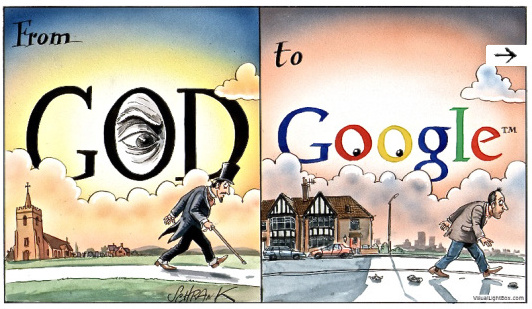
3 BONUS PRODUCTIVITY TIPS FOR TIME-POOR ENTREPRENEURS
Save time by watching hundreds of TED Talks about how to save time.
Get more done by spending all your time reading about how to get more done. With titles like, “Working Hard, Hardly Working”, “Getting Things Done”, “Virtual Freedom”, and “The Power of Less,” there are literally millions of books and internet articles out there. Many of these will blithely mention the Pomodoro technique (something to do with tomatoes) and guilt-trip you into rising at 5am every day, rendering you an exhausted mess by lunchtime.
Be more productive by watching endless YouTube videos featuring people who have learnt how to be more productive by watching endless YouTube videos featuring people who have learnt how to be more productive …
